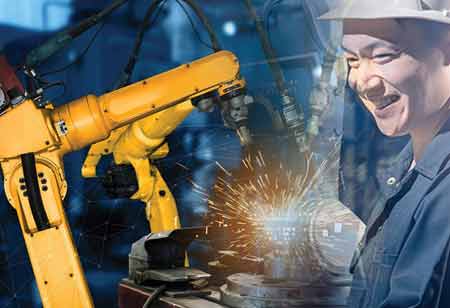A chemical explosion will severely damage buildings and the equipment inside them and injure humans and animals in the neighborhood.
FREMONT, CA: A chemical accident is a harmful release, dispersal, discharge, or leak of a toxic substance or mixture into the environment that harms human health or the natural environment. It influences a wide range of living organisms in the affected zone or along the transport route of the dangerous material (e.g., air, soil, groundwater, surface water, etc.).
Outcomes of chemical risk:
The outcome of a chemical disaster is generally a great number of calamities and economic damages, environmental pollution, the commotion of infrastructure, and devastation of industrial facilities, which can reason huge human suffering and loss of life, livelihoods, and property, and a huge financial price to the community and harm to its natural environment and ecosystems, resulting long-term or permanent impacts and hazards to future generations.
Various types of chemical disasters:
Chemical industries employ large amounts of chemical products to produce various kinds of goods, from food to medicine, cosmetics, paints, and significantly more things we employ in our daily lives. The prime purpose of chemical industries is to produce raw materials and intermediate chemicals, which they market to other industries to deliver finished goods.
Chemicals used in the industry usually have to experience processes like extraction, purification, concentration, consort with other materials, and so forth before they are delivered for usage in products or services (e g., cleaning agents).
Some of the most general chemical hazards are listed below.
Inorganic chemicals incorporate acids, salts, minerals, and others. It can be an erosive agent, an irritant, and also an explosive agent. Dangerous inorganic chemicals induce burns, corrosive injuries, asthma, respiratory troubles, and cancer.
Organic chemicals are substances that are normally occur or generated by living organisms. These chemicals include alcohols, aldehydes, ethers, ketones, etc. They can induce skin irritations, asthma and respiratory issues, eye injuries, cancer, and even death. Humans or non-living objects or systems may generate chemical risks. These chemicals incorporate metals, gases, and liquids, as a chemical can reside in various states.
Chemical Hazards:
The chemical industries have their group of hazards, Along with the general dangers caused by other industries like mining, petroleum refining, and so forth, which threaten life, property, or the atmosphere. The chemicals are highly flammable, explosive, reactive, corrosive, toxic, and poisonous, which can be dangerous if not managed properly and safely. Therefore, taking all required precautions before, during, and after handling these chemicals is critical to evade injuries, accidents, and fatalities.
There are different types of chemical accidents, among which ‘explosion’ is a grave issue. It is defined as an event that involves the rapid release of energy because of some form of ignition accompanied by a rise in the volume of air, gases, liquids, solids (chemical), or other sorts of energy (mechanical). Such an event may also entail a combination of these three effects based on the conditions of the incident. This is one of the most hazardous chemical hazards, frequently fatal to human beings and harmful to property.
Chemical hazards can be generated by many sources, like:
1) Leaks from storage tanks comprising more flammable chemicals
2) Unsteady chemical compound explosions
3) Fires comprising combustible materials
4) Unintended emissions from industrial proceedings
5) Explosive gas combustion
6) Combustion of natural gas
7) Combustion of organic chemicals
8) Ignition of stored explosives
9) Toxic and/or hazardous substance combustion
10) Incendiaries
11) Combustion of high-energy materials
12) Improper disposal of chemicals
13) Improper chemical handling
14) Improper chemical transportation
15) Use of improper methods of handling
16) Inadequate ventilation
17) Human error
18) Improper container handling
19) Abuse of equipment
20) A combination of many factors, like a leaky pipe causing a tank holding liquid hydrocarbons, can follow in an accident.
The Advantages of Chemical Safety Training:
Chemical safety is different from worker safety. Worker safety ensures that workers engaged in activities with potential health or safety risks have the training and skills necessary to safely execute their jobs. Chemical safety training is designed to ensure that chemical facilities, manufacturers, and businesses have qualified workers to handle all the chemicals they handle and that all their employees know about the chemical processes. Chemical safety training has many advantages.
-
It betters knowledge and loyalty to safer practices and lowers exposure to chemicals.
-
Chemical safety training is important for protecting human health and safety from hazardous chemicals in manufacturing or other sectors.
-
It does not just ensure the health and safety of all those who operate with chemicals but also helps develop and sharpen necessary skills.
Who requires Chemical Safety Training?
A chemical explosion will severely damage buildings and the equipment inside them and injure humans and animals in the neighborhood. Professionals from chemical industries, hospitals, pharmaceuticals, manufacturing industries, the healthcare sector, petrochemical plants, power plants, supervisors, safety professionals, and so on can take the study.

